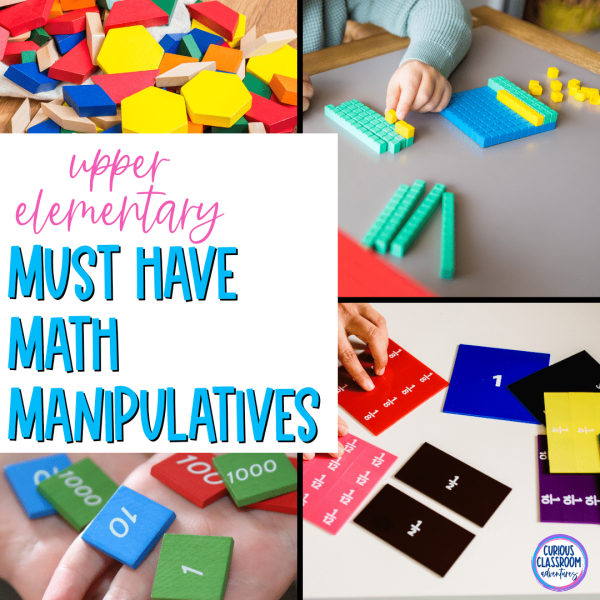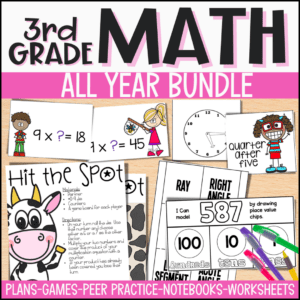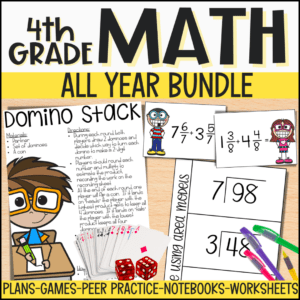Math manipulatives for Kinder and First? Sure. But do we really need to use math manipulatives for upper elementary math? Haven’t they outgrown those? No Way! Utilizing math manipulatives during 3rd-5th grade math instruction can make all the difference when it comes to helping students understand complex concepts and engage in learning. So, how exactly do hands-on materials help? Let’s count the ways!
What are Hands-On Math Manipulatives?
Hands-on math manipulatives are hands-on materials that teachers use to model abstract mathematical ideas and encourage student interaction with the material. By encouraging students to move and construct visual models with these materials as they learn new concepts, teachers can help them develop a more concrete understanding of abstract concepts such as fractions and decimals.
What are the Benefits of Using Hands-On Math Manipulatives?
Using math manipulatives in the classroom offers several benefits for both teachers and students. For example, by allowing students to manipulate and explore various physical objects while learning new concepts, teachers can foster deeper understanding than if they simply provided written instruction. Math manipulatives are perfect for tapping into several learning styles.
While some students are auditory learners who will grasp a concept when you describe it with words, those students are far outnumbered by the kinesthetic, tactile, and visual learners in your room who will find constructing math concepts with materials much more effective. Which also increases student engagement in the classroom by providing opportunities for collaboration and exploration.
Finally, math manipulatives can also provide a great way for teachers to assess their students’ understanding of a given concept—by having each student present their work using the manipulative materials provided (e.g., building fraction towers), teachers can do a quick visual scan of student work in the room to determine which students need additional help or more review on a topic.
Which Math Manipulatives Do I Need?
Let’s face it, manipulatives make math class fun! So, stock up on as many of them as you can! Here’s a look at some of my favorite math manipulatives for upper elementary classrooms.
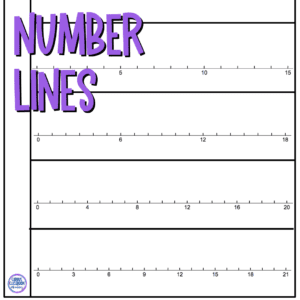
- Number Line: A number line is a great way to review basic addition and subtraction skills and works great for skip-counting multiplication facts and plotting decimals and fractions.
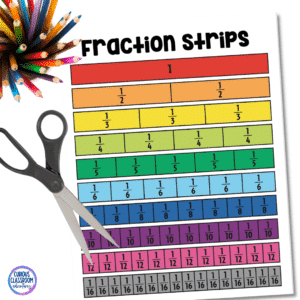
- Fraction Strips: Fraction strips are a must-have tool for teaching fractions. Use them to teach students about equivalent fractions and visualizing fractional parts of a whole. They also make it easy for students to compare two fractions side-by-side and determine which one is larger or smaller than the other. There are plastic fraction strips that you can buy, but paper ones work just as well. Here is a set of free fraction strips to get you started!
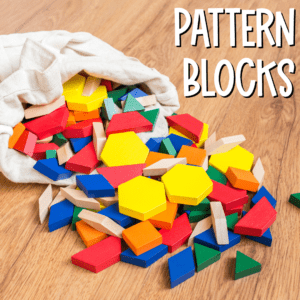
- Pattern Blocks: Pattern blocks are colorful geometric shapes that can be used to create algebraic patterns or model math problems involving fractions or area/perimeter. They are also great for exploring angles and symmetry.
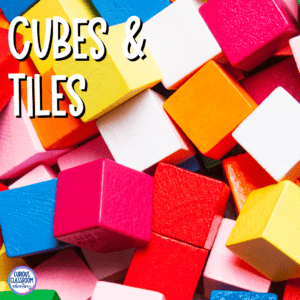
- Cubes & Tiles: These versatile manipulatives can be used in a million ways. They’re perfect for introducing basic multiplication and division concepts, as well as modeling area and perimeter and volume.
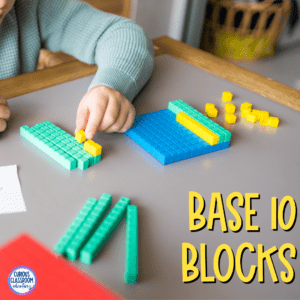
- Base 10 Blocks: Base 10 blocks are a great way for students to model place value, addition and subtraction with regrouping, and multiplication. With the colorful wooden cubes, rods and flats students can easily manipulate the numbers on their own. They also come in handy when teaching decimals and decimal operations.

- Dice, Dominoes, and Playing Cards: While these might not be classic math manipulatives, they come in handy for so many things–generating numbers, exploring data and probability, and making math practice feel more like a game than a chore.
- Clocks and Coins: In our digital and touchless pay world, kids don’t get as much natural practice with real-life money and analog clocks, so these are becoming increasingly useful in upper elementary classrooms.
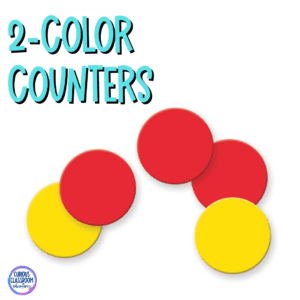
- 2-color counters: These are great for building arrays, modeling addition and subtraction involving negative integers, and come in handy when you need game pieces for partner games.
Incorporating hands-on math manipulatives into your lesson plans is an effective way to engage your students while helping them better understand the complex mathematics they’re learning in class. Whether you choose color tiles or fraction strips, there are plenty of options available for bringing math lessons alive in your classroom! Stay tuned for blog posts showcasing different math concepts that pop up during the year or grab these done-for-you lessons for 3rd or 4th grade!

